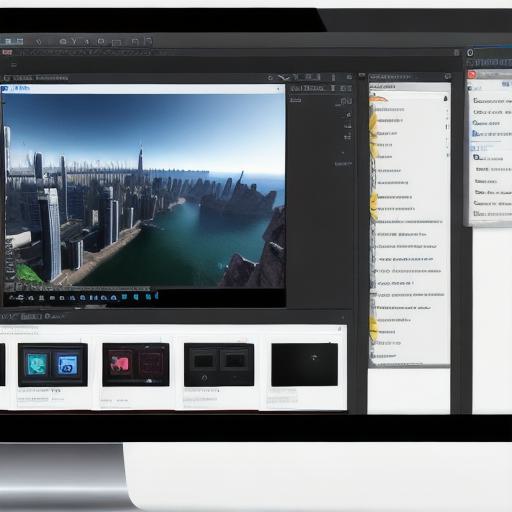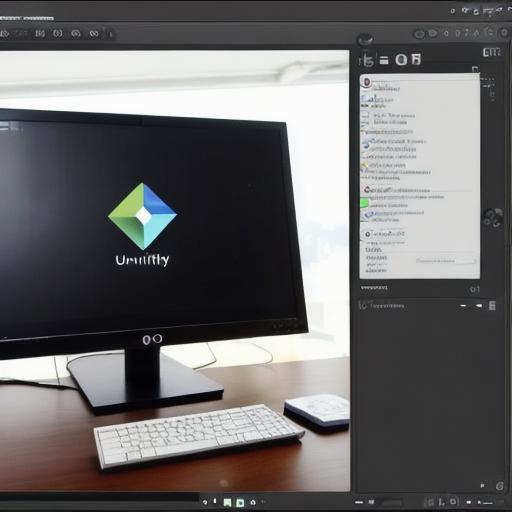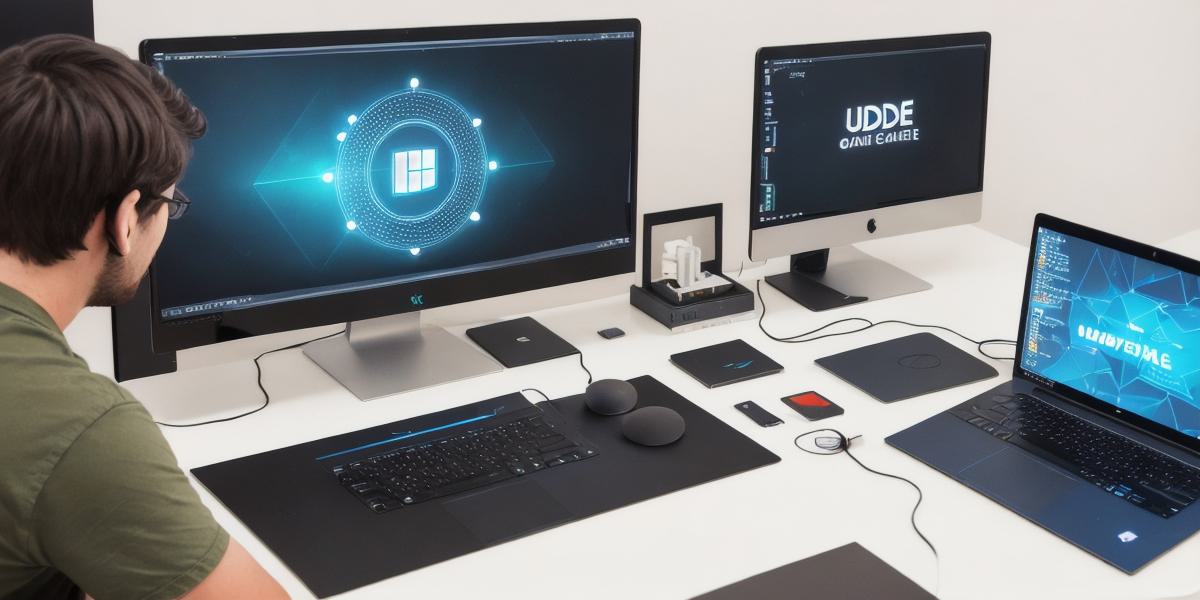Introduction
Hello web developers! Today, we’re going to dive into the exciting world of Unity game development. Unity is a powerful and versatile cross-platform game engine used by industry professionals and hobbyists alike. In this comprehensive guide, we’ll cover the essentials of Unity game development for web developers.
Why Unity?
Unity offers an intuitive interface, rich features, and a vast community of developers. With Unity, you can create 2D and 3D games for various platforms, including desktop, mobile, VR/AR, and the web. This flexibility makes it a perfect choice for web developers looking to expand their skillset.
Getting Started with Unity
- Download and Install: Visit the Unity Hub website (https://unity3d.com/get-started) and download the latest version of Unity. Follow the installation steps to get started.
- Setting Up Your Project: Create a new project and choose your project settings based on your intended platform – WebGL in our case.
- Learning the Interface: Familiarize yourself with Unity’s interface, including the Scene view, Game view, Hierarchy, Inspector, and Project windows.
**Unity Basics: Scripting, Animations, and Physics**
- Scripting: Unity uses C as its primary scripting language. Learn the basics of C programming to write your game logic.
- Animations: Use Unity’s Animation window and Animator Controller to create smooth character movements and interactions.
- Physics: Master Unity’s physics engine to add realistic collisions, rigidbodies, and other physics-based effects to your games.

Creating Interactive WebGL Games with Unity
- WebGL Export: Configure your project settings for WebGL export, ensuring your game runs smoothly in web browsers.
- Packaging Your Game: Use the Unity Editor to build and package your game for deployment on websites or hosting platforms like itch.io.
- Integrating With Other Tools: Learn how to integrate your Unity games with other web development tools, such as HTML, CSS, and JavaScript, to create a complete web experience.
Conclusion

Unity offers an abundance of resources and features for web developers looking to explore game development. By following the steps outlined in this guide, you’ll be well on your way to creating engaging and interactive WebGL games using Unity.
